Slitting machines achieve 20% energy savings usually through various technical optimizations and system improvements, the following is a detailed analysis of key parameters and implementation principles:
1. Motor system upgrade
| parameter | Traditional equipment | After energy-saving renovation | Energy saving principle |
| Motor type | Ordinary asynchronous motor | High efficiency permanent magnet synchronous motor/servo motor | The efficiency of the permanent magnet motor is increased by 5%~10%, and the servo system adjusts the speed as needed to reduce no-load loss. |
| Factor | 0.75~0.85 | 0.95 or higher | Reduce reactive power loss and reduce grid-side energy waste. |
| speed regulation method | Mechanical gearbox/frequency conversion speed regulation | Intelligent frequency conversion speed regulation | Dynamically match load demands to avoid energy waste caused by constant high-speed operation. |
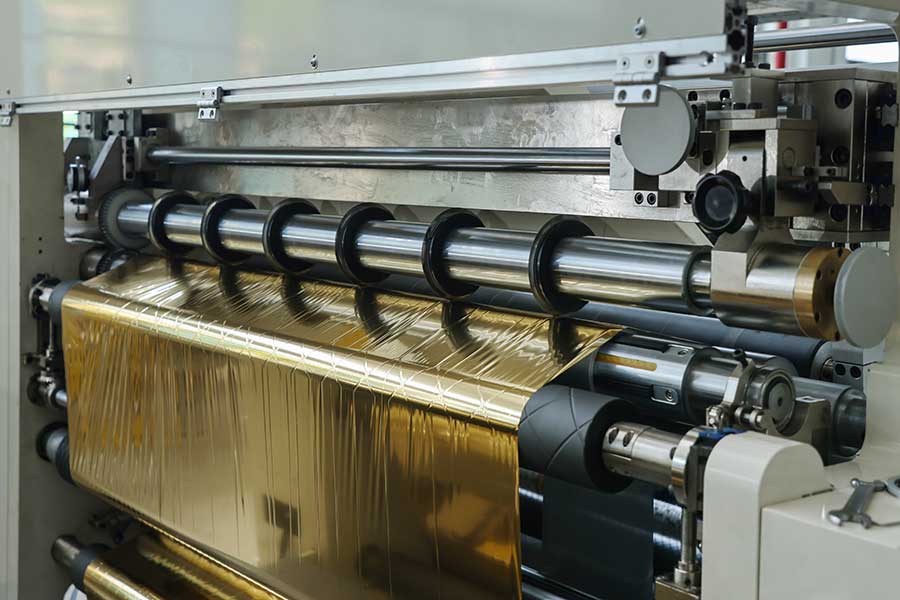
2. Cutting process optimization
| parameter | The traditional way | Energy-saving methods | Energy saving principle |
| Cutting speed | Fixed high speed | Adaptive Shifting | Automatically adjusts the speed according to the thickness and hardness of the material, reducing idling and excessive energy consumption. |
| Tool design | Ordinary alloy cutters | High-precision wear-resistant coating tools | Reduced cutting resistance and reduced motor load (3%~5% energy consumption). |
| Tension control | mechanical tension | Closed-loop electronic tension control | Precise control of material tension to avoid friction losses caused by over-tightening (energy saving of about 2%~4%). |
3. Standby and no-load losses
| parameter | Traditional equipment | After energy-saving renovation | Energy saving principle |
| Standby power consumption | 15%~20% of rated power | < 5% rated power | Equipped with an automatic sleep function, the power supply to the auxiliary system (such as hydraulics and air pumps) is cut off when the machine is stopped. |
| Proportion of no-load time | 30%~40% | 10%~15% | The material status is detected by sensors, and the speed is automatically reduced or stopped when there is no material. |
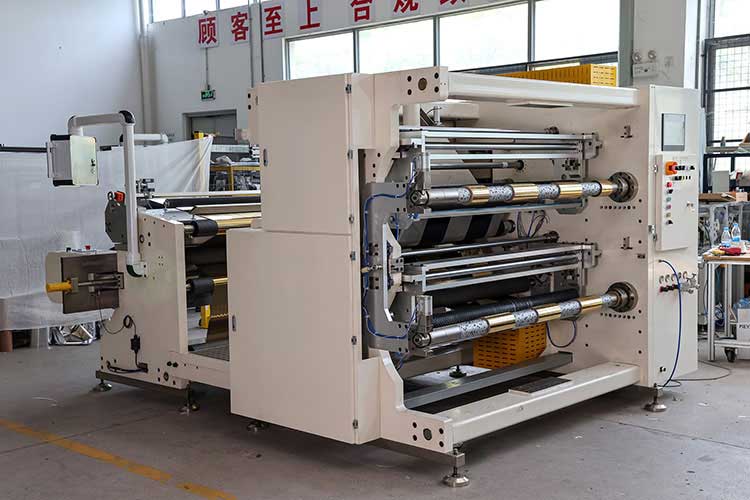
4. Heat recovery and heat dissipation
| parameter | Traditional design | Energy-efficient design | Energy saving principle |
| Heat dissipation method | Forced air cooling | Waste heat recovery system | The heat generated by motors and bearings is converted into preheating materials or workshop heating energy (energy saving 3%~8%). |
| Lubrication system | Regular manual lubrication | Intelligent centralized lubrication | Reduce friction losses and reduce drive power requirements. |
5. Comprehensive energy efficiency management
| parameter | Traditional model | Energy saving mode | Energy saving principle |
| Energy monitoring | No real-time monitoring | IoT energy efficiency analysis platform | Track energy consumption peaks in real time, optimize production schedules, and avoid operating during periods of high electricity prices. |
| Equipment linkage | Operate independently | Collaborative control (e.g. linked with slitting machine) | Reduce the number of starts and stops to balance the overall load fluctuations. |
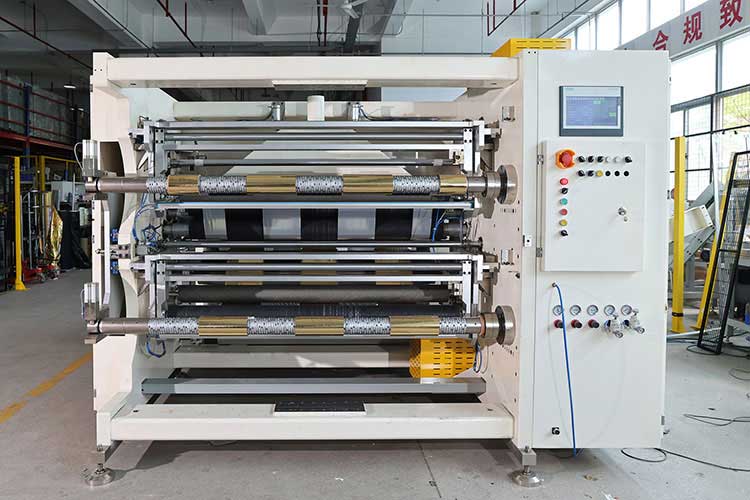
The path to saving 20% of electricity
1. Hardware upgrade (contributing about 50% energy saving):
◦ High-efficiency motor + frequency converter (energy saving 8%~12%)
◦ Low friction design (energy saving 3%~5%)
2. Intelligent control (contributing about 30% energy saving):
◦ Dynamic speed regulation + automatic start-stop (energy saving 5%~7%)
◦ Tension/temperature closed-loop control (energy saving 3%~4%)
3. System optimization (contributing about 20% energy saving):
◦ Heat recovery + production scheduling (energy saving 4%~6%)
Notes:
• Return on investment: usually 1.5~3 years (calculated based on the electricity cost of 0.8 yuan/kWh and the average daily operation of 16 hours).
• Maintenance costs: Permanent magnet motors need regular degaussing inspections, and intelligent systems need software upgrade support.
Through the superposition of the above technologies and refined control, the overall energy saving of the slitting machine is 20%, and in some cases it can even reach 25%~30% (such as with photovoltaic power supply). The actual effect needs to be evaluated in combination with the original energy efficiency level of the equipment and the production conditions.



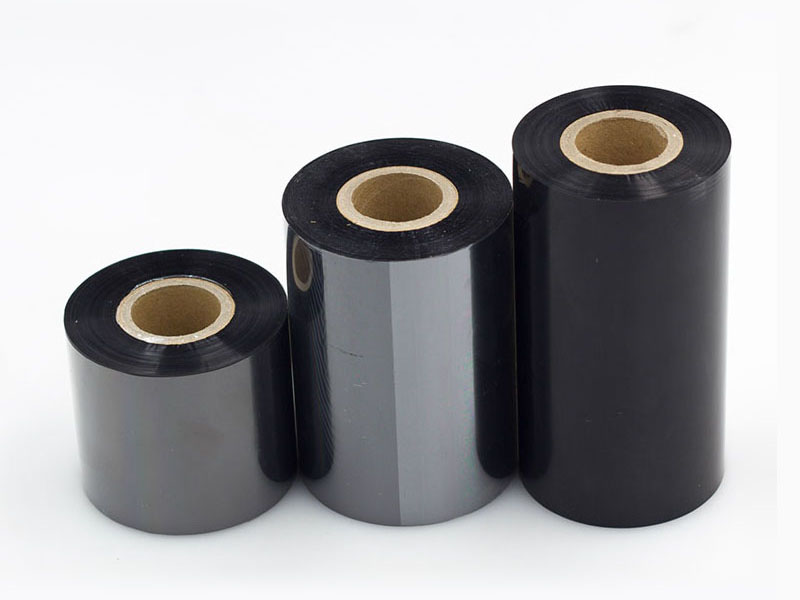
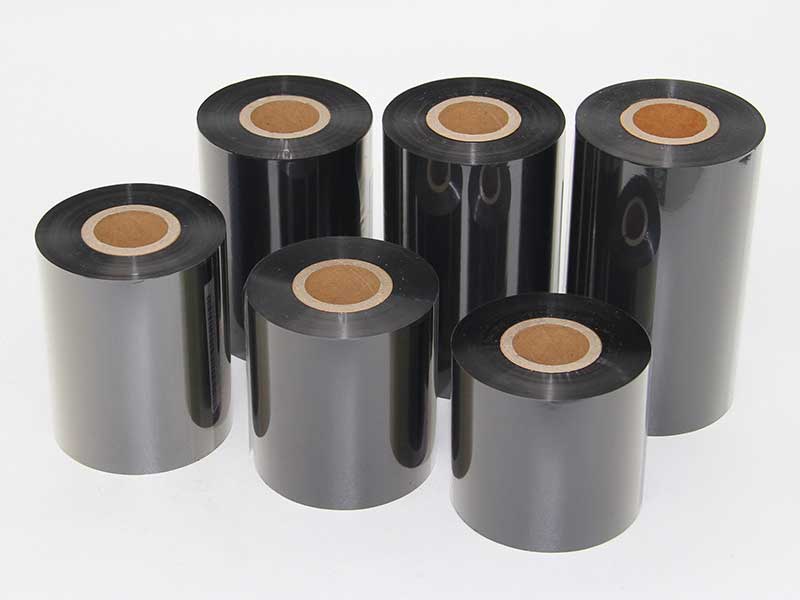
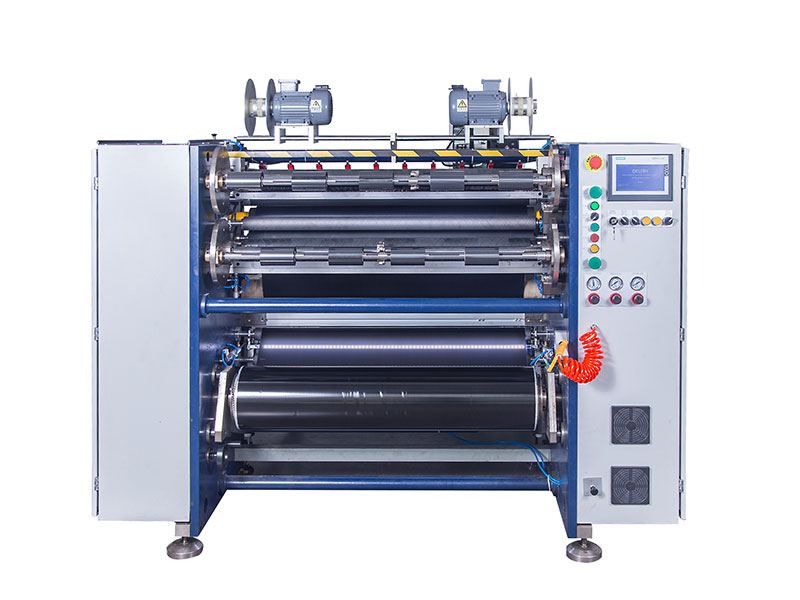
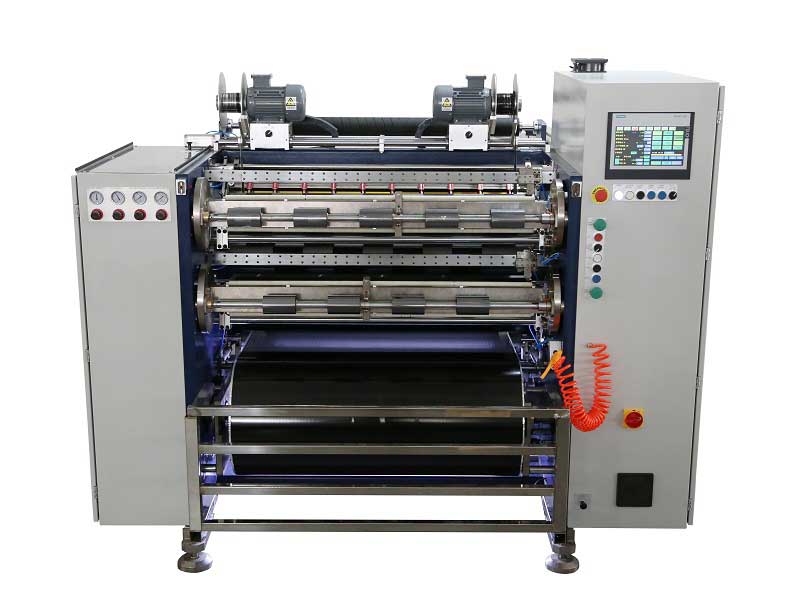 Automatic Thermal Transfer Ribbon Slitting Machine RSDS8 H PLUS
Automatic Thermal Transfer Ribbon Slitting Machine RSDS8 H PLUS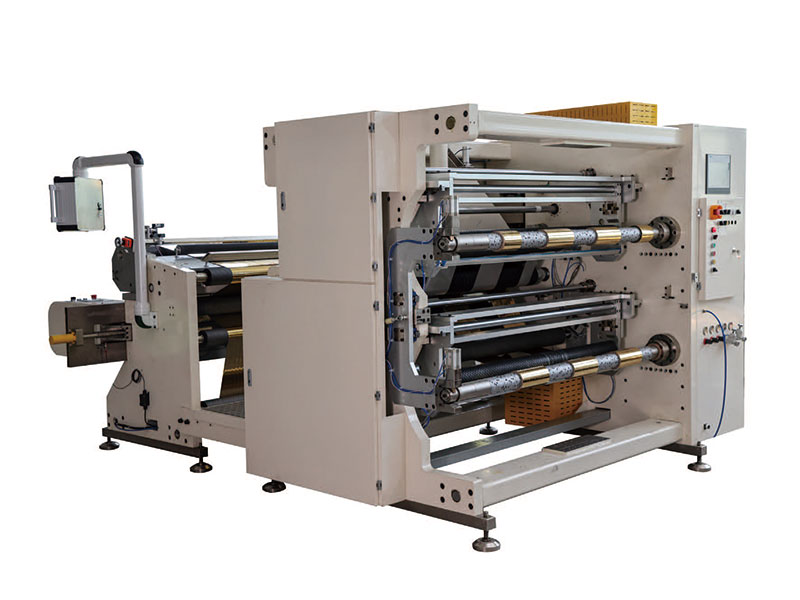 1400mm Hot Stamping Foil Slitting Machine
1400mm Hot Stamping Foil Slitting Machine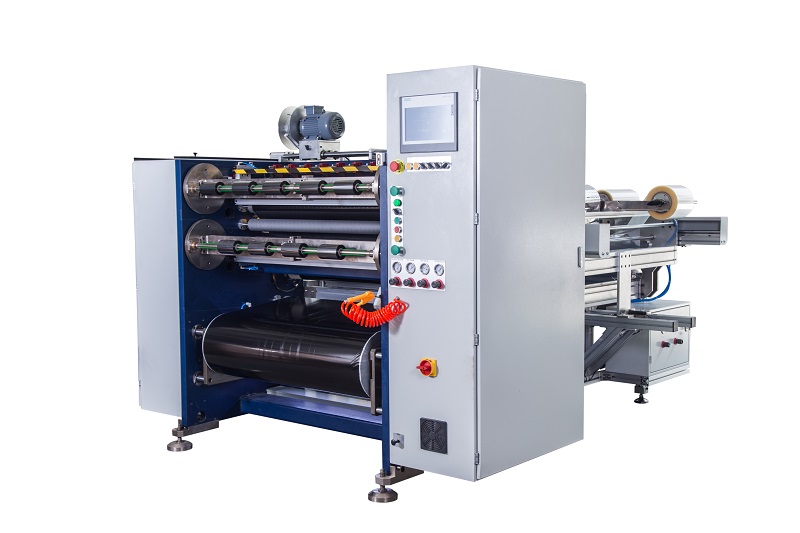 Semi Automatic Thermal Transfer Ribbon Slitting Machine RSDS5 PLUS
Semi Automatic Thermal Transfer Ribbon Slitting Machine RSDS5 PLUS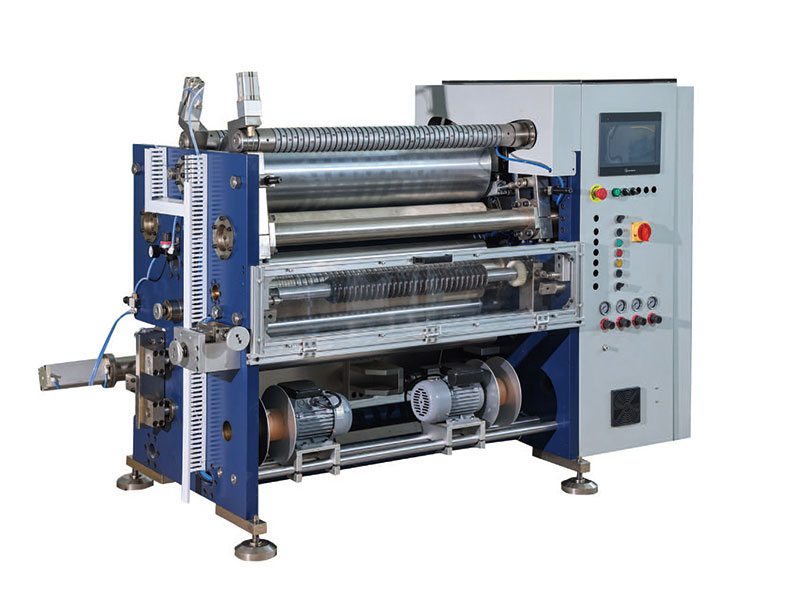 800mm Hot Stamping Foil Slitting Machine
800mm Hot Stamping Foil Slitting Machine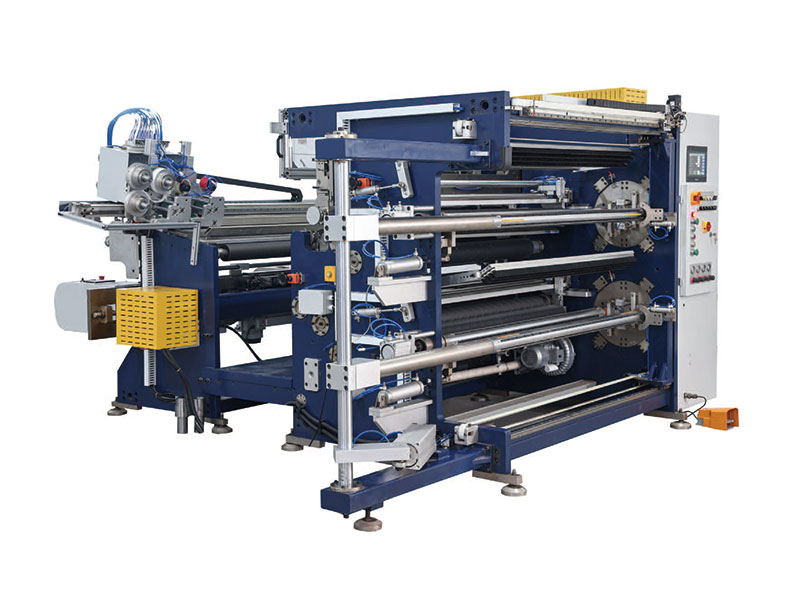 1350mm Hot Stamping Foil Slitting Machine
1350mm Hot Stamping Foil Slitting Machine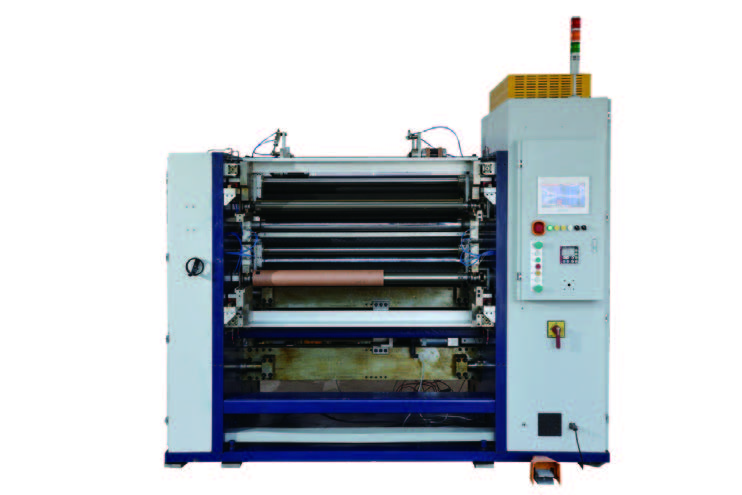 New Energy Ultra-thin Film Slitting Machine For Capacitive Film
New Energy Ultra-thin Film Slitting Machine For Capacitive Film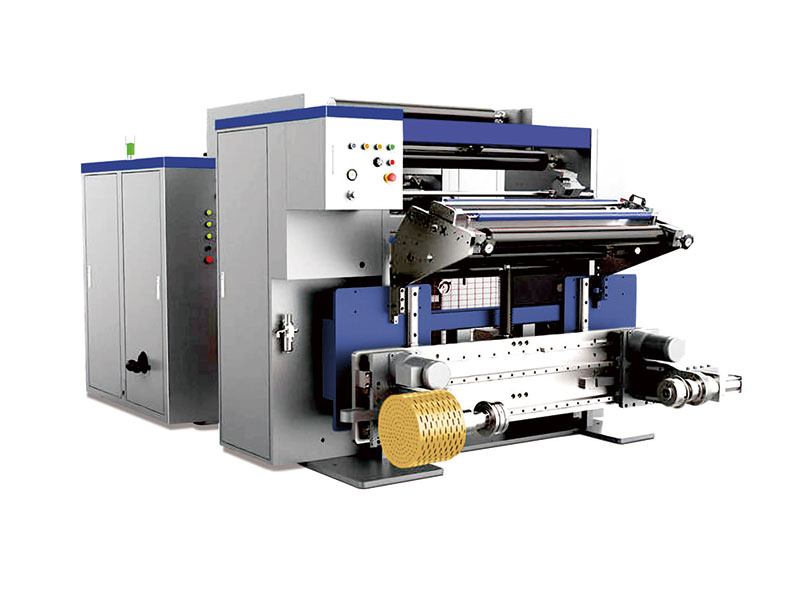 High Speed Slitting Machine
High Speed Slitting Machine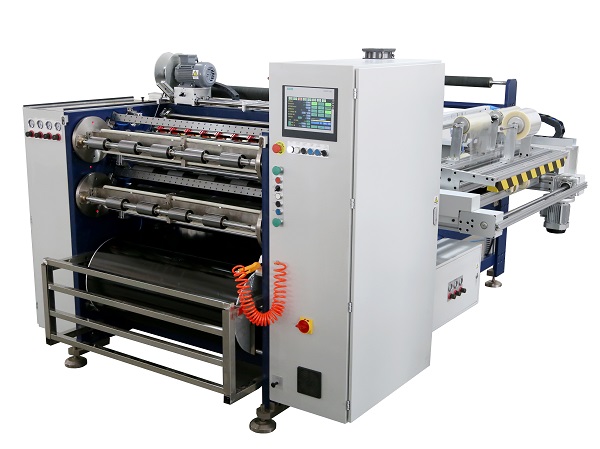 Automatic Thermal Transfer Ribbon Slitting Machine RSDS8 PLUS
Automatic Thermal Transfer Ribbon Slitting Machine RSDS8 PLUS

